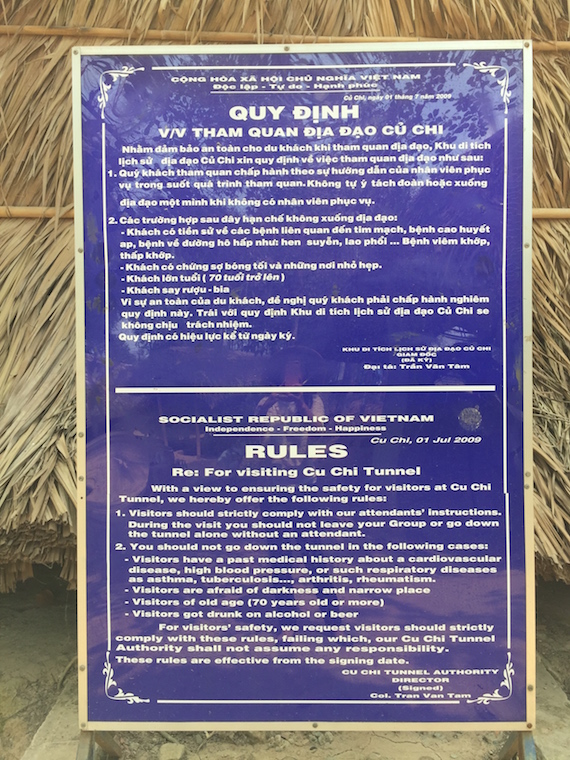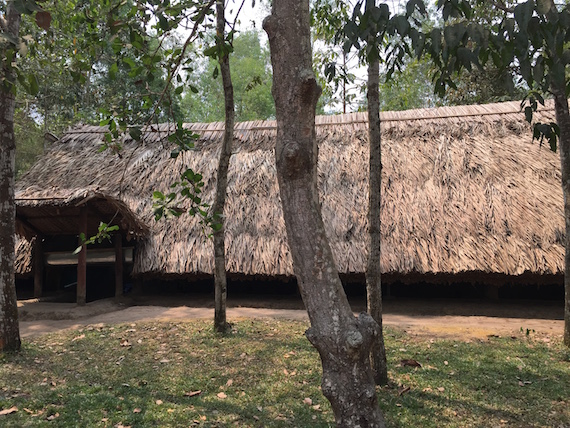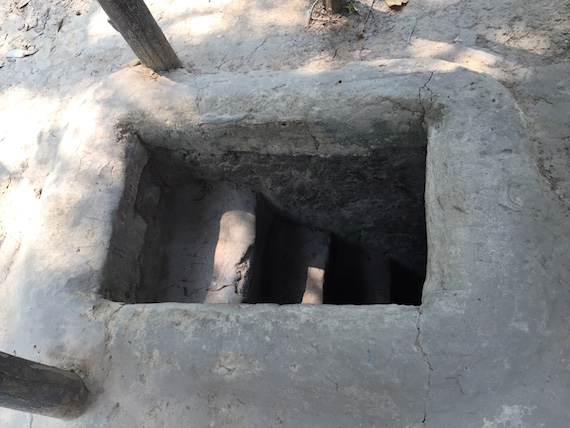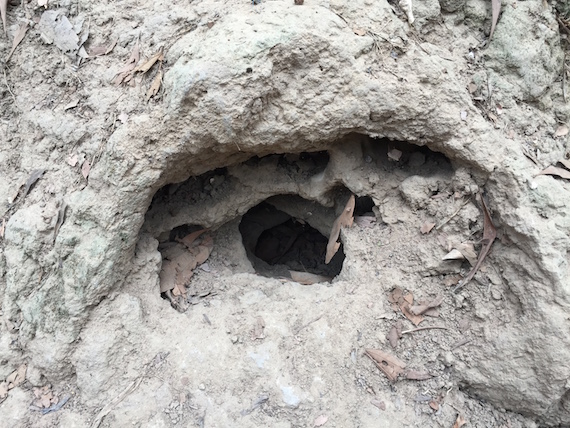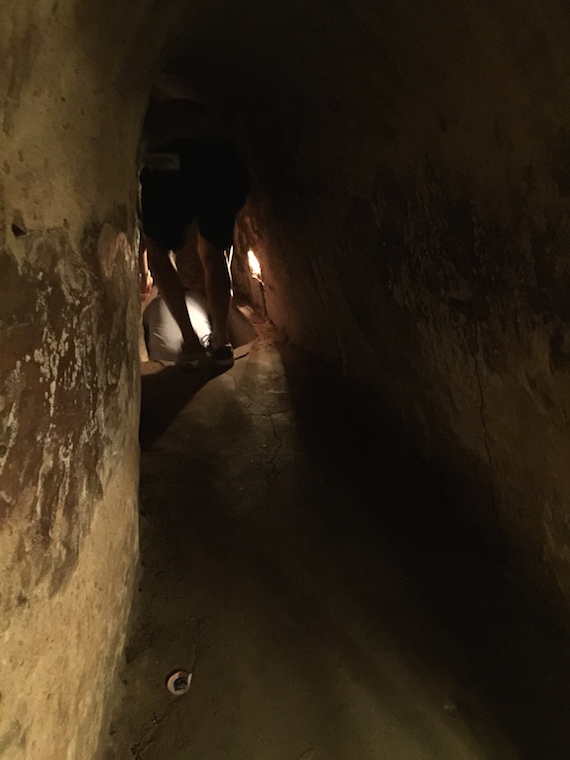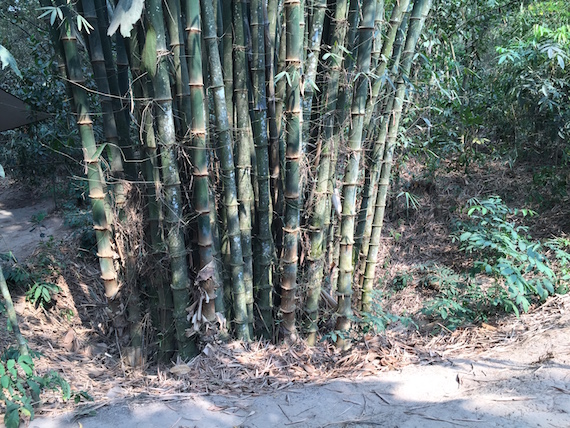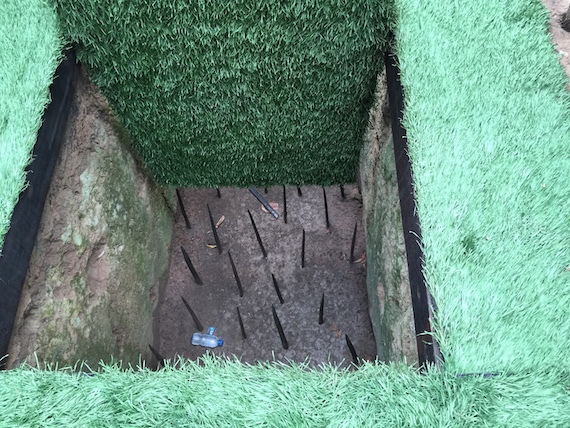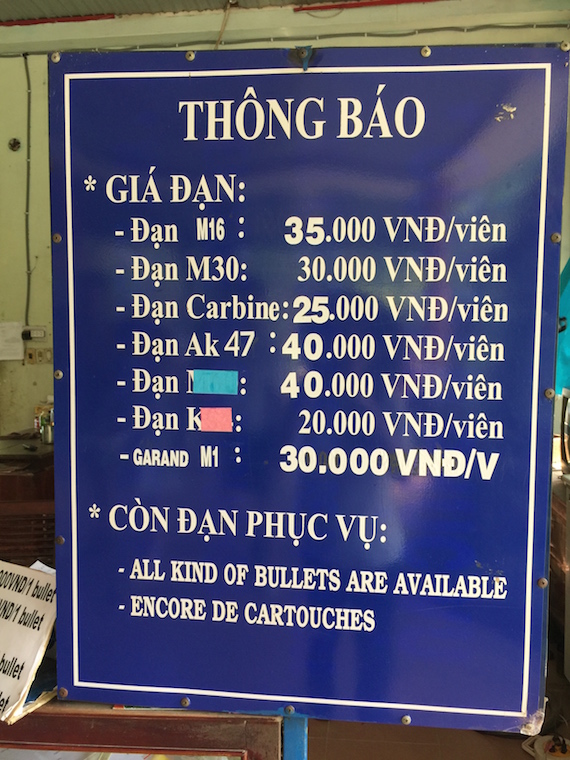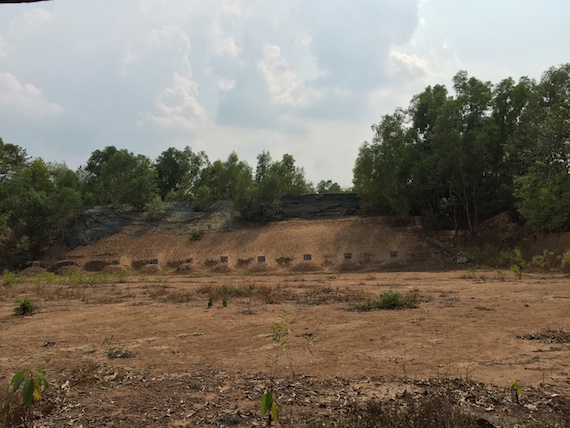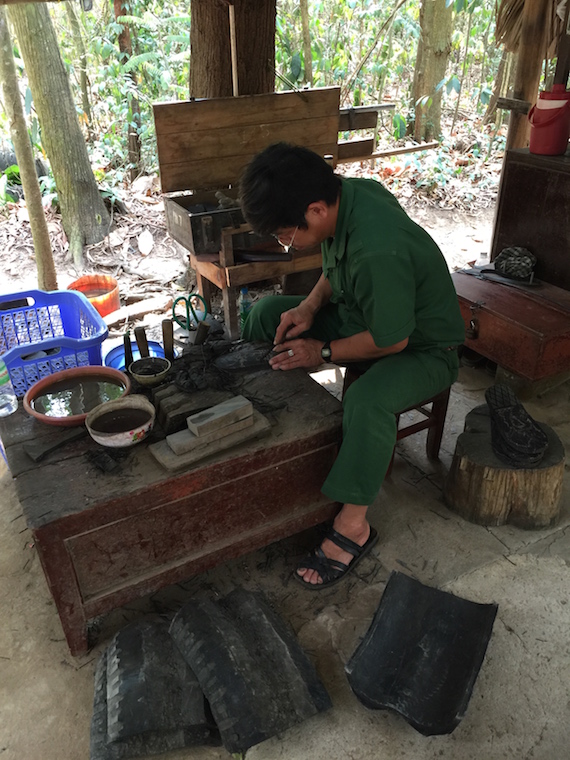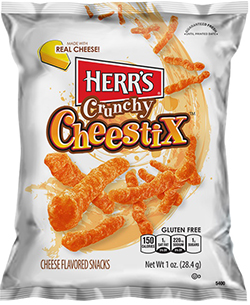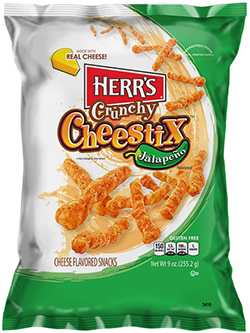This was not in the itinerary but we decided to do it despite what people say that it’s depressing or it is not really worth it. It’s just a different feeling to actually be there to imagine what the Vietnamese people went through during the war. Yes it was depressing and yes it was hard to accept – but then you realise and appreciate what you have and that even our hardships are nothing compared to what they went through and the life they lived – What life? 🙁
We went full force and brought our vietnamese hats 🙂 You really need this when walking in the heat!
In order to combat better-supplied American and South Vietnamese forces during the Vietnam War, Communist guerrilla troops known as Viet Cong (VC) dug tens of thousands of miles of tunnels, including an extensive network running underneath the Cu Chi district northwest of Saigon. Soldiers used these underground routes to house troops, transport communications and supplies, lay booby traps and mount surprise attacks, after which they could disappear underground to safety. To combat these guerrilla tactics, U.S. and South Vietnamese forces trained soldiers known as “tunnel rats” to navigate the tunnels in order to detect booby traps and enemy troop presence. Now part of a Vietnam War memorial park in Ho Chi Minh City (formerly Saigon), the Cu Chi tunnels have become a popular tourist attraction. ( source: History.com ) 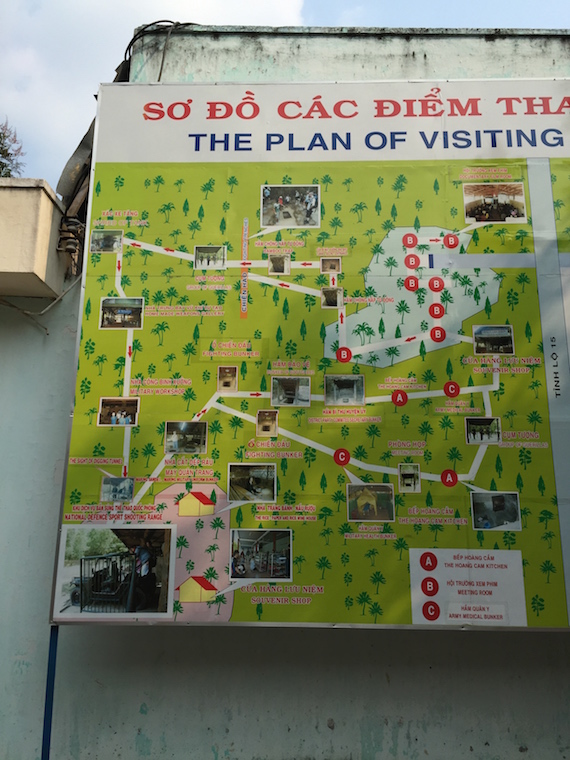
Cashew nuts is the # 2 exported agricultural product by Vietnam after rice
DIGGING THE CU CHI TUNNELS
Communist forces began digging a network of tunnels under the jungle terrain of South Vietnam in the late 1940s, during their war of independence from French colonial authority. Tunnels were often dug by hand, only a short distance at a time. As the United States increasingly escalated its military presence in Vietnam in support of a non-Communist regime in South Vietnam beginning in the early 1960s, North Vietnamese and Viet Cong troops (as Communist supporters in South Vietnam were known) gradually expanded the tunnels. At its peak during the Vietnam War, the network of tunnels in the Cu Chi district linked VC support bases over a distance of some 250 kilometers, from the outskirts of Saigon all the way to the Cambodian border.
Did You Know?
“Tunnel rats,” as American soldiers who worked in the Cu Chi tunnels during the Vietnam War were known, used the evocative term “black echo” to describe the experience of being in the tunnels.
As the United States relied heavily on aerial bombing, North Vietnamese and VC troops went underground in order to survive and continue their guerrilla tactics against the much better-supplied enemy. In heavily bombed areas, people spent much of their life underground, and the Cu Chi tunnels grew to house entire underground villages, in effect, with living quarters, kitchens, ordnance factories, hospitals and bomb shelters. In some areas there were even large theaters and music halls to provide diversion for the troops (many of them peasants) and their supporters. ( Source: History.com )
They would build termite hills to camouflage the holes that gives ventilation for the tunnels 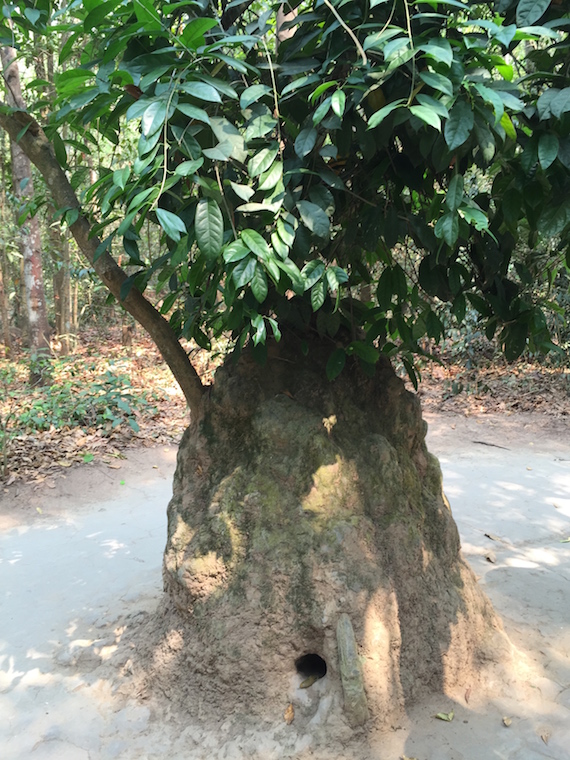
Going inside the Cu Chi tunnel which is narrow. Technique is to hold the cover upwards to make it easier to go inside
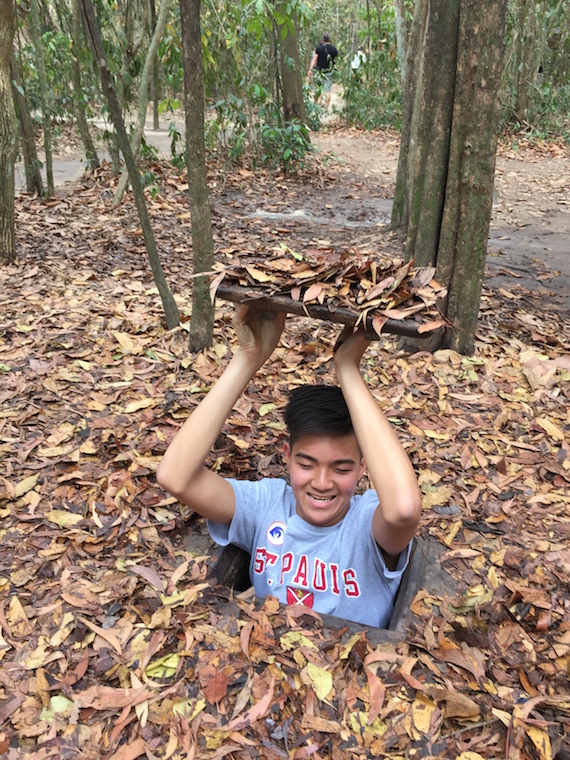
They made a tunnel wider and a bit bigger for tourists like us 🙂 to go in and get a feel of how it is to be inside. They made a 20 meter, 40 and 60 meter exit to give you options to get out. Imagine that the Vietnamese soldiers lived here for 21 years during the war -1954 to 1975. The tunnel spans 250 kms and is self contained with a market, a hospital, living quarters etc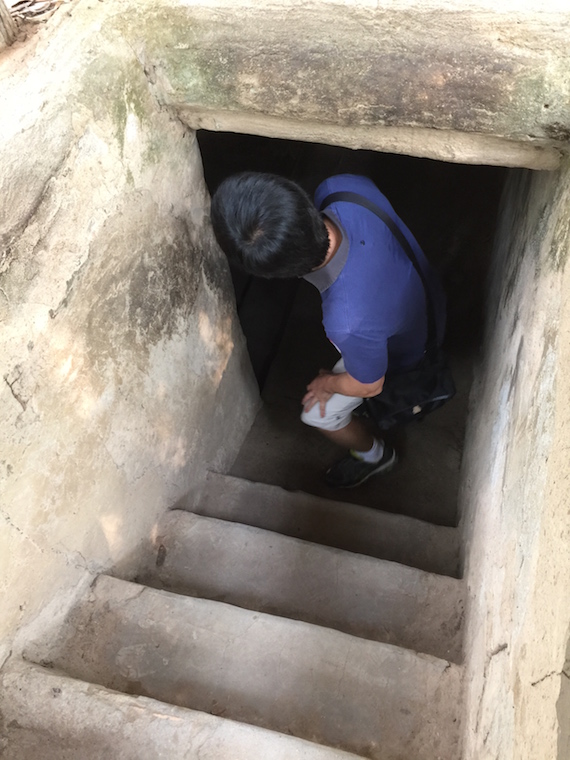
Several bomb craters in the area- I took this photo because I found it so pretty with the bamboo trees caving in on the area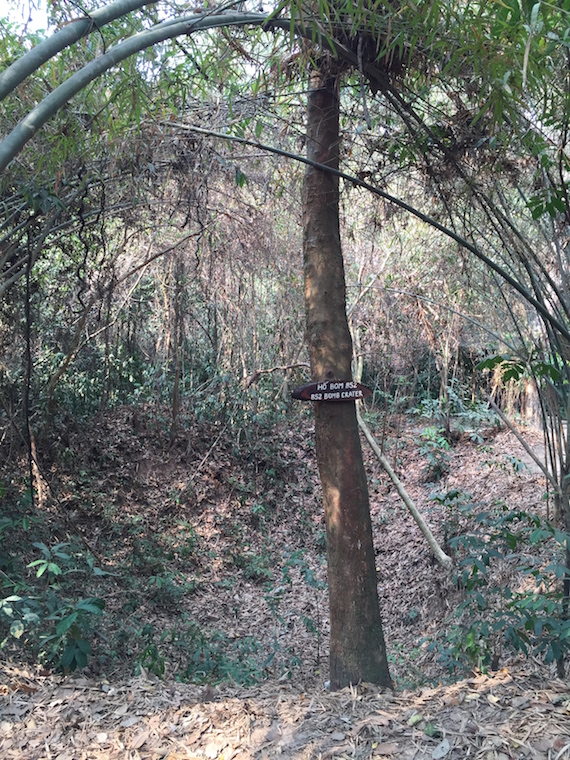
WAR IN THE CU CHI TUNNELS
In addition to providing underground shelter, the Cu Chi tunnels served a key role during combat operations, including as a base for Communist attacks against nearby Saigon. VC soldiers lurking in the tunnels set numerous booby traps for U.S. and South Vietnamese infantrymen, planting trip wires that would set off grenades or overturn boxes of scorpions or poisonous snakes onto the heads of enemy troops. To combat these guerrilla tactics, U.S. forces would eventually train some soldiers to function as so-called “tunnel rats.” These soldiers (usually of small stature) would spend hours navigating the cramped, dark tunnels to detect booby traps and scout for enemy troops. ( source: History.com )
This guy demonstrated the different kinds of traps

